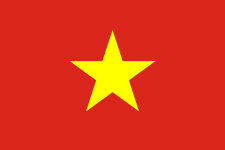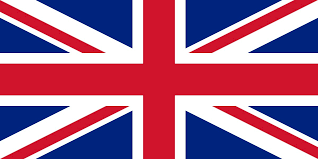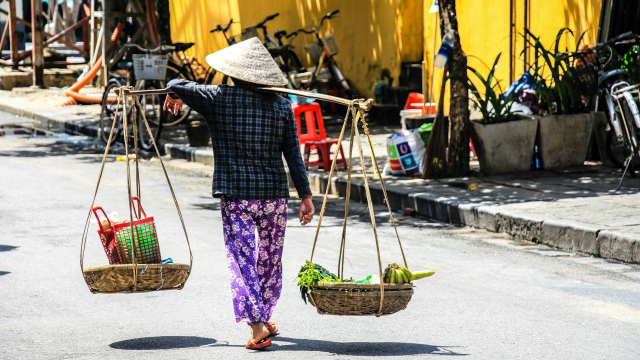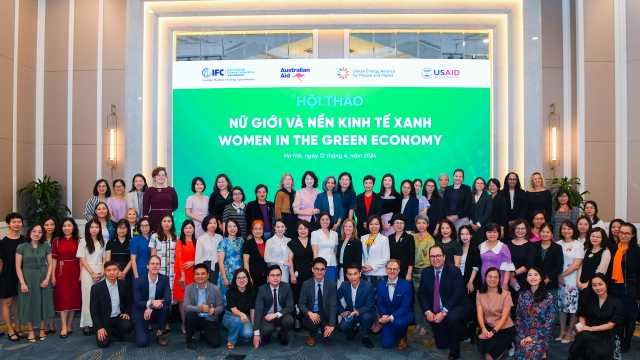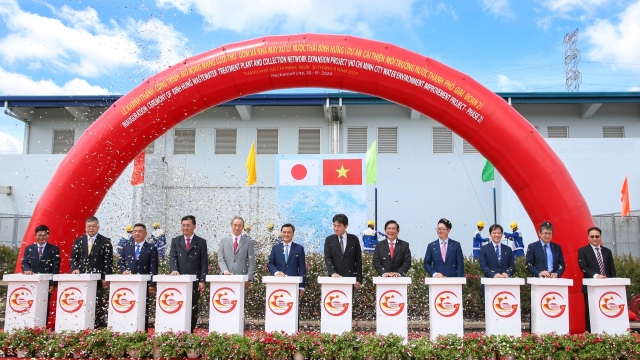National Focus
CPTPP enters into force in Vietnam today
Businesses are certain to benefit from greater clarity at a time of trade-policy turbulence as well as from improved access to 500 million consumers when the Comprehensive and Progressive Agreement for Trans-Pacific Partnership goes live in Vietnam today.

The Comprehensive and Progressive Agreement for Trans-Pacific Partnership (CPTPP) enters into force in Vietnam today after going live on 30 December 2018 for six Pacific Basin countries including Australia, Canada, Japan, Mexico, New Zealand and Singapore. This is a reminder that trade liberalisation efforts continue and that trade patterns are constantly shifting, irrespective of trade disputes.
According to CEO of HSBC Bank Vietnam Pham Hong Hai, while awaiting the outcome of the current trade truce, the CPTPP’s entry into force proves that Vietnam government determines to opt for the open, liberal and rules-based trading system.
The CPTPP is indeed comprehensive and progressive in how it facilitates trade and investment in the 21 century, as it tackles issues such as e-commerce and data protection. Businesses are certain to benefit from greater clarity at a time of trade-policy turbulence as well as from improved access to 500 million consumers.
Ultimately, CPTPP will remove 95 per cent of the current tariffs on trade among the partners. Vietnam can expect to benefit immediately in trade, especially export activities, including elimination of textiles and footwear tariffs by the majority of CPTPP members upon entry into force.
Although the increase will not be considerable for countries with which Vietnam has already signed bilateral or multilateral trade agreements but for Canada, the impacts will be positive.
Canada is the second largest market among CPTPP members with which Vietnam has yet had a bilateral trade agreement. The country commits to cut 94.9 per cent of import tariff lines or 77.9 per cent of its import turnover from Vietnam. For Mexico and Peru, the impact is positive because the import and export products of these two markets are complementary rather than conflicting with Vietnam.
According to the World Bank, the agreement is expected to stimulate reforms in Vietnam in such areas as competition, services (including financial services, telecommunications, and temporary entry of service providers), customs, e-commerce, environment, government procurement, intellectual property, investment, labor standards, legal issues, market access for goods, rules of origin, non-tariff measures, and trade remedies.
Not only will the CPTPP boost the trade of its members, it has been estimated that by 2030 exports in CPTPP countries will increase by more than 6 per cent, especially 8 per cent for Vietnam. However, it may also lead to a shift in global supply chains as trade is rerouted to CPTPP countries, thanks to increased competitiveness from improved market access.
The implementation of the CPTPP will bring even more benefits over the next decade as duties on most remaining tariff lines are phased out. According to HSBC’s recent navigator survey, nearly four in 10 companies in CPTPP member countries including those in Vietnam believe that the agreement will directly or indirectly help their businesses.
According to HSBC leader, FTAs such as the CPTPP simplify import and export procedures and reduce the cost to trade. For example, the CPTPP provides for full cumulation, meaning that businesses in CPTPP markets can use inputs sourced from other CPTPP markets to qualify for preferential treatment within the region. With the CPTPP now in effect, there is no better time for businesses to raise their awareness and maximise the benefits that are on offer.
CPTPP may open risky business environment for Vietnam: Experts
Lives under the scorching sun: Outdoor workers racing against climate change
Under unforgiving conditions, the outdoor workers - the backbone of urban economies - endure the harshest impacts of climate change while remaining overlooked by social safety nets. Their resilience and struggles highlight the urgent need for better protection in the face of rising temperatures and precarious livelihoods.
CEO Group chairman unveils guide to Vietnam real estate for foreigners
Doan Van Binh, Chairman of CEO Group and Vice President of the Vietnam National Real Estate Association, introduced his latest book, “Vietnam Real Estate for Foreigners,” at a launch event in Hanoi on Friday.
Women leading the charge in Vietnam's green transition
Acting for increased women’s participation and leadership in climate action, Vietnam can accelerate a transition that is more inclusive, just, and impactful.
Steam for girls: A journey of passionate and creative girls
The "Steam for girls 2024" competition provides a creative platform for Steam and an opportunity for students to connect with peers from various regions within Vietnam and internationally.
Politburo backs North-South high-speed railway proposal
The Politburo on Wednesday supported a plan to invest in a high-speed railway along the country’s North-South axis, marking a crucial step for the multi-billion-dollar project aimed at boosting economic growth and infrastructure development.
Ho Chi Minh City inaugurates Japan-funded wastewater treatment plant
Ho Chi Minh City has inaugurated the expanded Binh Hung wastewater treatment plant, now the largest facility of its kind in Vietnam.




